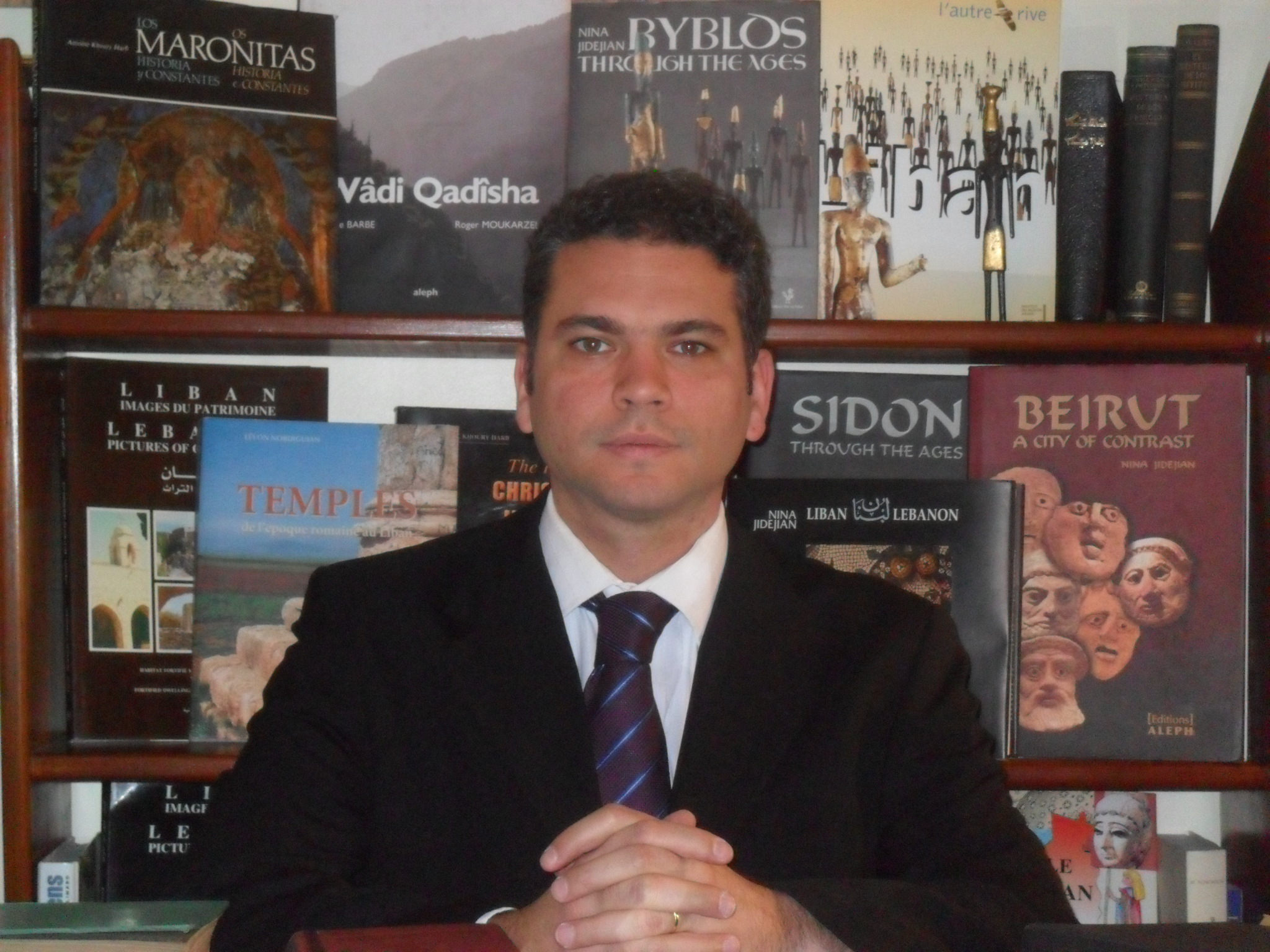My name is Daniel Asade ( 37 years ) . My profession is a pharmacist , and I’m doing a PhD at the University of Buenos Aires about PHARMACEUTICAL TEXTS OF THE MIDDLE AGES IN ARABIC AND Syriac .
I have studied the Syriac and Arabic in college. I also studied history and scriptures ( Bible).
From a young age I was interested in the history of my ancestors Lebanese (I am the fourth generation of Lebanese living in Argentina , my great grandparents came from the Chouf Maronites in 1910 ) and 15 years ago I visited the webpage of Salim Khalaf http:// phoenicia.org , and today I am representative of PHOENICIAN Argentina INTERNATIONAL RESEARCH CENTER .
I am also associated with the CENTER FOR Phoenician and Punic COMPLUTENSIAN UNIVERSITY OF MADRID , and I am a founding member of LEBANESE STUDIES CENTER FOR LATIN AMERICA (with Sergio Jalil, Antonio Trabulse KAIM , Juan Jose Nassar ) .
I have always belonged to the UNION LEBANESE CULTURAL DE BUENOS AIRES ARGENTINA (with Ernesto Saliba Antonio Arida , etc), where I directed the department of history and culture .
Since 2008 I set a goal that is now reality : writing a CULTURAL HISTORICAL GUIDE LEBANON , including Villages , Cities and Sites . Today the book is a reality, and covers more than 250 sites , with a beautiful introduction to the history , a unique book in Spanish , that every descendant of Lebanese , as well as all travelers to Lebanon or friend of the ancient country of the Cedars , must have in your library.
his book:Historical guide in Lebanon (Spanish)



